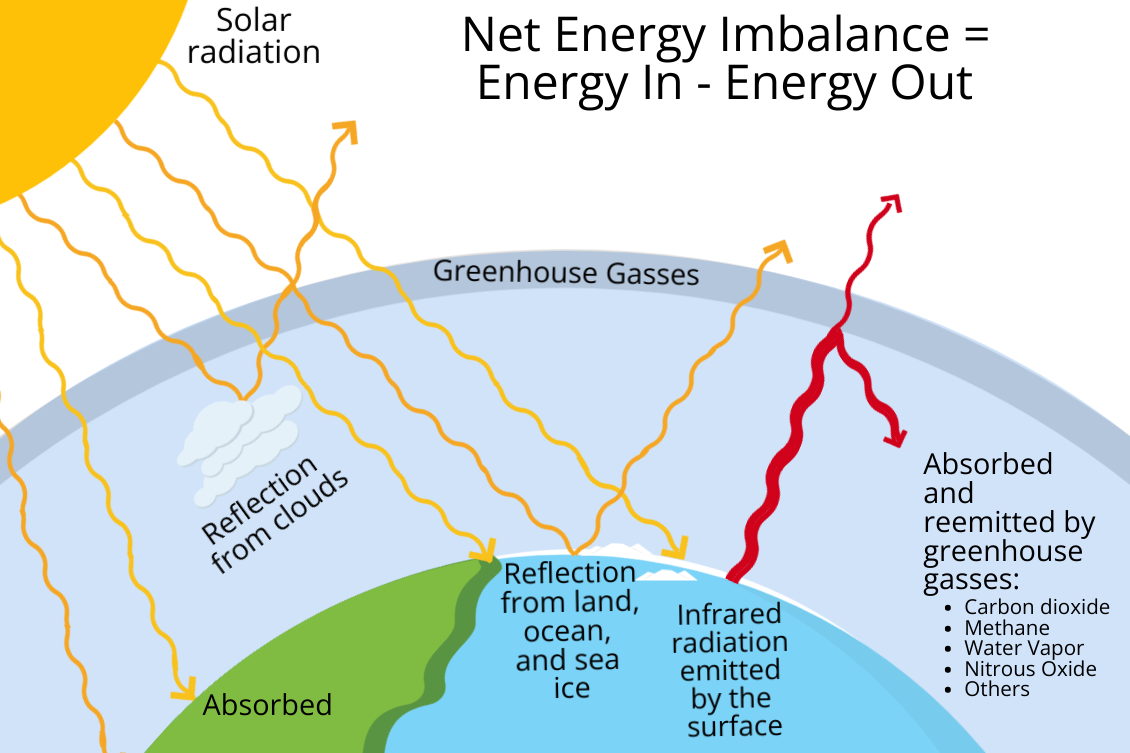Advanced Greenhouse Custom Climate Modeling

Imagine your greenhouse as a finely tuned orchestra, where every plant is a musician and every environmental factor is a unique instrument. Just as a conductor ensures harmony among the musicians, advanced greenhouse climate modeling fine-tunes your greenhouse conditions to create the perfect symphony for optimal plant yield. But how exactly does this advanced green house climate modeling work?
Understanding Advanced Greenhouse Climate Modeling
In today's world of precision farming, advanced greenhouse climate modeling has emerged as a game-changer. This technology allows farmers to create precise, data-driven climate control systems that can dramatically enhance plant productivity, ensuring environmental monitoring that does not miss a beat.
Advanced greenhouse climate modeling involves using sophisticated algorithms and sensors to gather real-time data on temperature, humidity, light levels, and more. This data is then analyzed to create a custom climate model that mimics the perfect growing conditions for specific plants.
The Role of Climate Control Systems in Greenhouse Automation
Have you ever wondered how commercial greenhouses manage to grow a variety of plants so flawlessly? The answer lies in advanced climate control systems. These systems are the backbone of greenhouse automation, ensuring that every environmental factor is optimized for plant growth.
Think of it as your greenhouse's nervous system. Just as a human body regulates temperature, humidity, and other physiological processes to maintain health, these climate control systems constantly monitor and adjust the greenhouse environment. Through advanced greenhouse climate modeling, you can predict and adjust environmental changes, making sure your plants always have the best conditions to thrive.
This predictive capability is not just about adjusting for current conditions; it's about anticipating future needs. For example, if the data indicates a sudden drop in temperature, the system can preemptively adjust the heating to keep plants at their ideal temperatures. This level of precision farming can significantly boost your plant yield.
The Importance of Environmental Monitoring
The key to successful greenhouse automation is continuous environmental monitoring. Advanced sensors gather data on various environmental parameters, feeding this information into the climate control systems. This ongoing monitoring ensures that the greenhouse environment remains stable and conducive to plant growth.
It's like having a meticulous gardener who never sleeps. This gardener constantly checks the soil moisture, air humidity, and light intensity, making sure everything is just right for the plants. Environmental monitoring tools are the eyes and ears of your greenhouse, ensuring that nothing goes unnoticed.
Benefits of Advanced Greenhouse Climate Modeling
So, what are the tangible benefits of adopting advanced greenhouse climate modeling? For starters, it significantly improves plant yield. By creating the perfect growing conditions, you can ensure that your plants receive the optimal amount of light, water, and nutrients, leading to healthier, more robust plants.
Moreover, automated climate control ensures consistency. manual adjustments can lead to fluctuations that harm plant growth. With advanced greenhouse climate modeling, you eliminate these inconsistencies, providing a stable environment that plants love.
Additionally, this technology helps in saving resources. By accurately predicting the needed inputs, such as water and nutrients, you can avoid wastage. This not only reduces costs but also makes your greenhouse operations more sustainable.
The Future of Greenhouse Automation
As technology advances, the future of greenhouse automation looks incredibly promising. Advanced greenhouse climate modeling is just the beginning. Imagine greenhouses that can communicate with each other, sharing data and insights to create a network of perfectly tuned ecosystems.
Integration with AI and machine learning will enable these systems to learn and adapt over time, becoming even more precise and efficient. Picture a greenhouse that can learn from past growing cycles, adjusting its climate model to continuously improve plant yield.
This may sound like science fiction, but it's a reality that's closer than you think. Companies like [[GreenTech Solutions]](https://www.example.com) and [[Agritech Innovators]](https://www.example.com) are already pioneering these technologies, making them accessible to farmers worldwide. Their cutting-edge solutions are changing the way we think about greenhouse farming, making it more efficient, sustainable, and profitable.
The Conclusion: Embrace the Future of Greenhouse Farming
Advanced greenhouse climate modeling is revolutionizing the way we approach greenhouse farming. By harnessing data-driven insights and state-of-the-art automation, you can create an environment that maximizes plant yield and ensures sustainable resource use. Embrace this technology, and you'll be at the forefront of precision farming, paving the way for a greener, more productive future.
Don’t miss out on the opportunity to transform your greenhouse into a high-efficiency, sustainable oasis. Click [[here]](https://www.example.com) to explore the tools and technologies that can help you achieve this goal. Your plants will thank you, and you'll see the benefits in both your yields and your wallet.
FAQs
1. What is the primary advantage of advanced greenhouse climate modeling?
The primary advantage is the ability to create a highly controlled and optimized environment for plant growth, leading to increased plant yield and resource efficiency.
2. How does environmental monitoring contribute to greenhouse automation?
Environmental monitoring provides real-time data on crucial variables such as temperature, humidity, and light levels, allowing climate control systems to make precise adjustments for optimal plant conditions.
3. Can advanced greenhouse climate modeling save resources?
Yes, by predicting and accurately dosing the required inputs like water and nutrients, this technology reduces wastage and makes greenhouse operations more sustainable.
4. What role do sensors play in greenhouse automation?
Sensors gather real-time data on environmental parameters, feeding this information into climate control systems to ensure that the greenhouse environment remains stable and conducive to plant growth.
5. How can I implement advanced greenhouse climate modeling in my farm?
To implement advanced greenhouse climate modeling, start by researching and adopting precision farming technologies. Look into companies like GreenTech Solutions and Agritech Innovators for tools and solutions that can help you get started.
```
0 Response to " Advanced Greenhouse Custom Climate Modeling"
Post a Comment